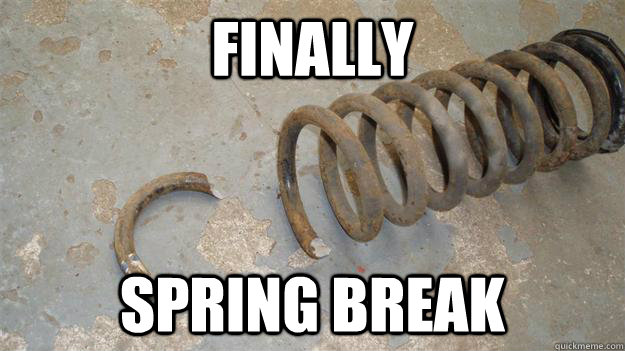The World of Radiology
Progress on my project has continued to be "slow and steady." The process of identifying lesions has been more arduous and time consuming than I had imagined, especially since many of the MRI scans have corrupted data and other inconsistencies. However, I'm quite content with the current pace of progress. In the story of "The Tortoise and the Hare," Greek fabulist Aesop wrote "slow and steady wins the race." That is precisely how I feel right now. In addition to my main project, I've been working on a side-project. It's not really a project, more of an exercise. My mentor wanted to give me more experience in the more traditional, medical side of things, so he tasked me with writing a medical case report with the help of Dr. Nguyen. A medical case report is basically a report detailing the symptoms, signs, diagnosis, treatment, and follow-up of an individual patient. Usually, these publication describe an unusual or novel occurrence. As of ...

